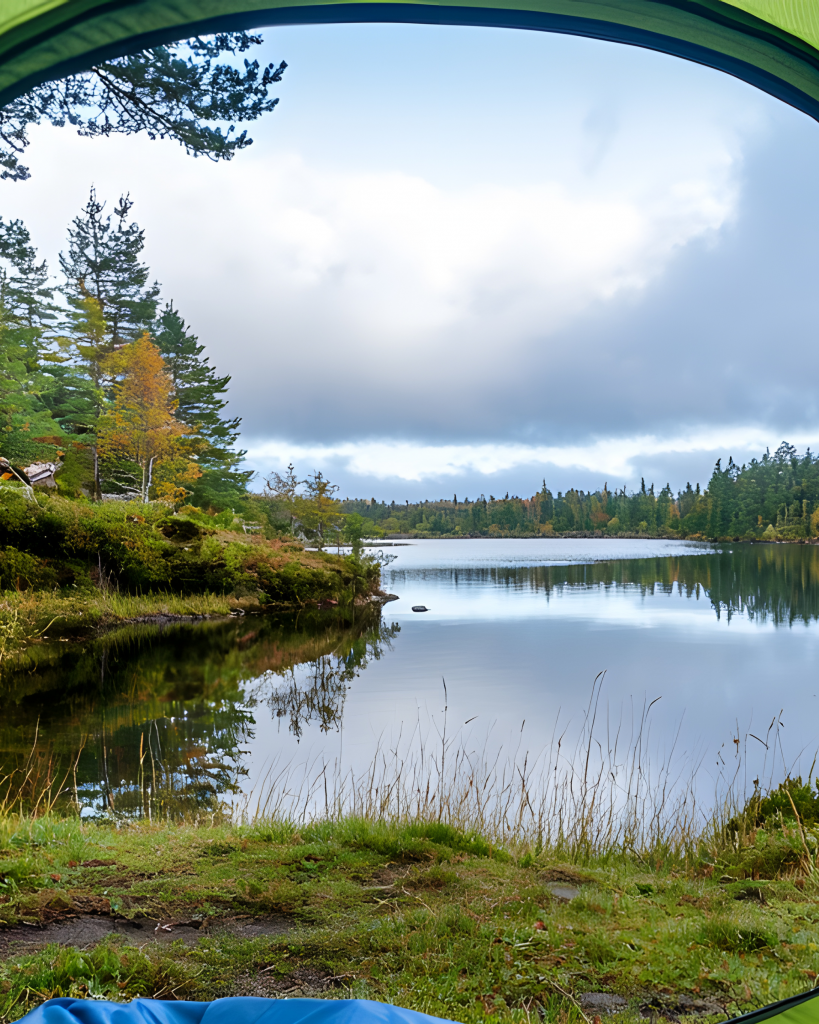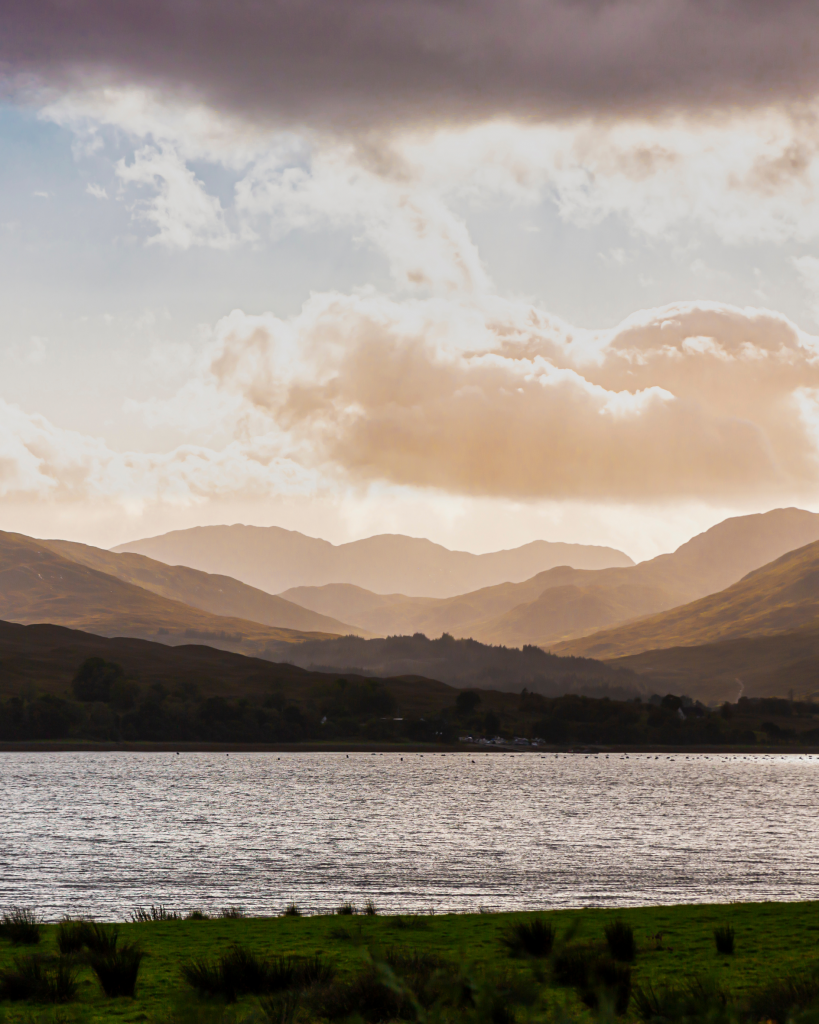Why “resilience” has become a way to avoid talking about what actually happened
Read on or listen here:
Let’s talk about what we’re really saying when we praise someone for their resilience. When we celebrate how quickly they’ve “bounced back” from difficulty. When we admire their ability to return to normal, to carry on, to keep functioning as if nothing fundamental has shifted.
What we’re often saying, without realising it, is: thank you for not making us uncomfortable with your pain. Thank you for packaging your suffering into something manageable. Thank you for returning to baseline so we don’t have to sit with the reality that terrible things happen and they change people.
The resilience narrative is seductive. It suggests that the goal after difficulty is to return to who you were before. To bounce back to your previous shape, like memory foam that absorbs impact and then springs back unchanged. It frames recovery as restoration – getting back to normal, back to yourself, back to baseline.
But here’s what that narrative misses: sometimes you don’t want to bounce back. Sometimes the person you were before needed to break. Sometimes what looks like failure to return to normal is actually refusal to go back to circumstances or patterns or versions of yourself that were never sustainable in the first place.

What Post-Traumatic Growth Actually Is
Post-traumatic growth isn’t about bouncing back. It’s about breaking open. It’s the research-validated phenomenon where people who experience significant difficulty don’t just recover – they fundamentally change in ways they describe as growth. Not despite the hardship, but through it.
Psychologists Richard Tedeschi and Lawrence Calhoun, who developed the concept in the 1990s, identified five domains where this growth appears: appreciation of life, relationships with others, personal strength, new possibilities, and spiritual change. People don’t return to baseline. They shift to a different state entirely – often one they describe as more authentic, more purposeful, more alive than how they were living before.
This isn’t resilience as we typically understand it. Resilience implies withstanding difficulty without changing. Post-traumatic growth acknowledges that you can’t go through something significant and remain unchanged – nor should you try. The question isn’t whether you’ll be different. The question is whether that difference will be something you resent or something you integrate.
The research is clear: post-traumatic growth doesn’t happen instead of suffering. It happens alongside it. People who experience this growth aren’t the ones who minimise what happened or quickly “get over it.” They’re the ones who allowed themselves to fully feel the impact, to acknowledge that something fundamental shifted, to grieve what was lost whilst remaining open to what might emerge.
The Problem with Bouncing Back
The bounce-back model assumes that who you were before difficulty was optimal. That your previous life, your old patterns, your former self – that was the ideal state to which you should aspire to return. But what if it wasn’t? What if you were living in ways that weren’t sustainable, maintaining relationships that weren’t nourishing, operating from beliefs about yourself that were never true?
Sometimes difficulty breaks apart structures that needed to break. Sometimes loss clears space for something more honest. Sometimes what we call “not coping well” is actually the appropriate response to genuinely difficult circumstances – and the insistence on bouncing back quickly is what’s dysfunctional.
I watch people exhaust themselves trying to return to who they were before. After loss, after illness, after trauma, after heartbreak – they measure their recovery by how closely they can approximate their previous life. How quickly they can return to old productivity levels, old social patterns, old ways of being. As if the goal is to erase the impact of what happened.
But erasure isn’t the same as healing. And sometimes the most healing thing you can do is acknowledge that you’re not the same person anymore. That what happened changed you. That bouncing back isn’t always the goal – sometimes transformation is.
When Resilience Becomes a Weapon
The resilience narrative has become a convenient tool for avoiding structural change. When we celebrate individuals for their resilience in the face of unjust or harmful circumstances, we’re often avoiding the question of why those circumstances exist in the first place.
The employee who maintains productivity despite burnout is praised for resilience rather than protected from exploitation. The person managing chronic illness whilst working full-time is admired for their strength rather than supported with sustainable accommodations. The survivor who quickly returns to normal is held up as an example rather than given space to process what happened.
Resilience has become about individual adaptation to harmful circumstances rather than questioning why those circumstances persist. It puts the burden on individuals to absorb difficulty without complaint rather than on systems to reduce unnecessary harm.
And this is where post-traumatic growth offers something different. It doesn’t ask you to absorb harm without changing. It acknowledges that significant difficulty changes you and asks what you want to do with that change. It centres your experience and your transformation rather than others’ comfort with how quickly you recover.


The Messy Middle
Post-traumatic growth doesn’t mean that everything becomes wonderful after hardship. It doesn’t mean you’re grateful for what happened or that you wouldn’t change it if you could. The research shows that people can simultaneously experience ongoing distress about what happened and genuine growth in how they understand themselves and their lives.
This is the part the resilience narrative struggles with. It wants a clean arc – difficulty, recovery, return to normal. It’s uncomfortable with the reality that healing isn’t linear. That you can be genuinely changed for the better and still carry grief about what was lost. That growth and pain can coexist indefinitely.
In my year living wild in the Scottish Highlands, I wasn’t “bouncing back” from difficulty. I was breaking apart and reforming into something different entirely. There were days I grieved who I’d been and the life I’d lost. And there were days I felt more alive, more purposeful, more authentically myself than I’d ever been. Often both happened in the same day.
The resilience narrative would have asked me to measure my recovery by how quickly I could return to my previous life. Post-traumatic growth asked different questions: What am I learning? What’s becoming possible that wasn’t before? Who am I becoming through this, and is that someone I recognise? Someone I respect?
The Conditions for Growth
Post-traumatic growth doesn’t happen automatically. Some people experience significant hardship and remain stuck in distress without finding transformation. The difference, research suggests, isn’t in the nature of the difficulty but in how people process it.
Growth tends to occur when people:
Allow themselves to fully feel the impact rather than minimising or rushing through. The people who grow aren’t the ones who immediately insist they’re fine. They’re the ones who acknowledge that something significant happened and give themselves permission to feel its full weight.
Question previous assumptions rather than clinging to old certainties. Difficulty cracks open our understanding of how the world works, who we are, and what matters. Growth happens when we allow that questioning rather than frantically trying to reconstruct old certainties.
Find or create meaning without forcing positivity. This isn’t about silver linings or believing everything happens for a reason. It’s about discovering what matters in the aftermath. What you want to do with your life now that you understand its fragility or preciousness or complexity.
Connect with others who can hold space for the full reality of your experience – both the pain and the growth. Not people who need you to bounce back quickly or who find your transformation threatening, but people who can witness your becoming without needing to direct it.
Give it time without rushing toward resolution. Growth happens in its own timeline, which is usually longer and messier than the resilience narrative would prefer. You can’t force it or schedule it or achieve it through willpower.
What Gets Lost in Translation
When people talk about their post-traumatic growth, they’re often trying to communicate something subtle that gets flattened in the telling. They’re not saying they’re glad the terrible thing happened. They’re saying that in grappling with its aftermath, something shifted in how they understand themselves and their lives – and that shift feels important. Worth protecting. Maybe even worth the price, though they’d still choose differently if they could.
But this nuance gets lost. We hear “I’m better for it” and translate that to “it was worth it” or “I’m grateful it happened” – which isn’t what people mean at all. They mean: I survived something that changed me. I found resources I didn’t know I had. I questioned things I needed to question. I shed patterns and relationships and beliefs that weren’t serving me. I’m living more honestly now. More aligned with what matters. And I hate that it took breaking apart to get here, but I’m not willing to give up who I’ve become.


The Choice to Grow
Here’s what the research shows that the resilience narrative obscures: growth isn’t inevitable, but it’s also not random. It’s a choice you make, repeatedly, in how you meet difficulty. Not a choice to experience the difficulty – that wasn’t optional. But a choice in how you process it, what you let it teach you, who you become in its aftermath.
You can experience something terrible and close around it, hardening into bitterness or fear or permanent vigilance. That’s valid. That’s one way to survive. Or you can let it break you open, let it question everything you thought you knew, let it reveal something about yourself or life that you couldn’t have learned any other way. That’s valid too. And harder. And lonelier, because the resilience narrative doesn’t know what to do with people who change rather than returning to baseline.
The choice isn’t about positive thinking or reframing or finding silver linings. It’s about whether you’ll allow the difficulty to transform you or whether you’ll spend your energy trying to minimise its impact. Whether you’ll grieve what was lost whilst remaining curious about what might emerge. Whether you’ll protect your previous version of normal or risk becoming someone different entirely.
The resilience narrative asks: how quickly can you get back to normal? Post-traumatic growth asks: what if normal wasn’t working anyway? What if who you’re becoming through this difficulty is actually more honest, more alive, more aligned with what matters than who you were before?
Living the Questions
I’m not the same person I was before that year in the wild. Before the losses that drove me there. Before the breaking apart that happened in the months that followed. And I’m not trying to be. The person I was before was living a life that looked functional from outside but was slowly destroying her from within. The resilience narrative would measure my recovery by how closely I’ve returned to that previous life. Post-traumatic growth measures it differently.
Am I more honest about my needs and boundaries? Yes. More selective about who gets access to my time and energy? Absolutely. More aligned with work that matters and less willing to waste energy on work that doesn’t? Definitely. More comfortable with solitude and less willing to fill space with noise or busyness? Without question.
From the resilience perspective, this might look like failure to reintegrate. I’m less socially available, more particular about relationships, less willing to perform competence or hide difficulty. I don’t bounce back from setbacks as quickly because I allow them to inform me rather than rushing through them.
But from the post-traumatic growth perspective, this is exactly the point. The difficulty broke apart structures that needed breaking. It questioned assumptions that needed questioning. It revealed what mattered and what was just noise. And who I’m becoming through continued engagement with hard questions is someone I actually recognise. Someone I respect. Someone who’s living more honestly than before, even when that honesty is uncomfortable for others.
The Invitation
If you’ve experienced something difficult and you don’t feel like you’re bouncing back, consider this: maybe you’re not supposed to. Maybe the goal isn’t to return to who you were before but to become who you need to be now. Maybe what looks like failure to recover is actually refusal to go back to patterns that were never sustainable.
Maybe resilience isn’t the goal. Maybe transformation is. And maybe the bravest thing you can do isn’t to demonstrate how unchanged you are by difficulty, but to allow yourself to be changed. To question. To break apart and reform. To become someone different – not despite what happened, but through it.
This doesn’t mean being grateful for hardship. It means acknowledging that since it happened, since you can’t undo it, you have some choice in what you do with its impact. You can spend your energy trying to erase it, to bounce back, to return to baseline. Or you can ask what it’s teaching you. What it’s revealing. Who you’re becoming through it – and whether that person might actually be closer to your truth than who you were before.
The resilience narrative offers comfort through the promise of restoration. Post-traumatic growth offers something else entirely: the possibility that breaking apart might be the beginning of something more honest. That what looks like failure to recover might be the early stages of becoming. That sometimes the most healing thing you can do is acknowledge that you’re not bouncing back because you’re done being the shape you were before.


No responses yet